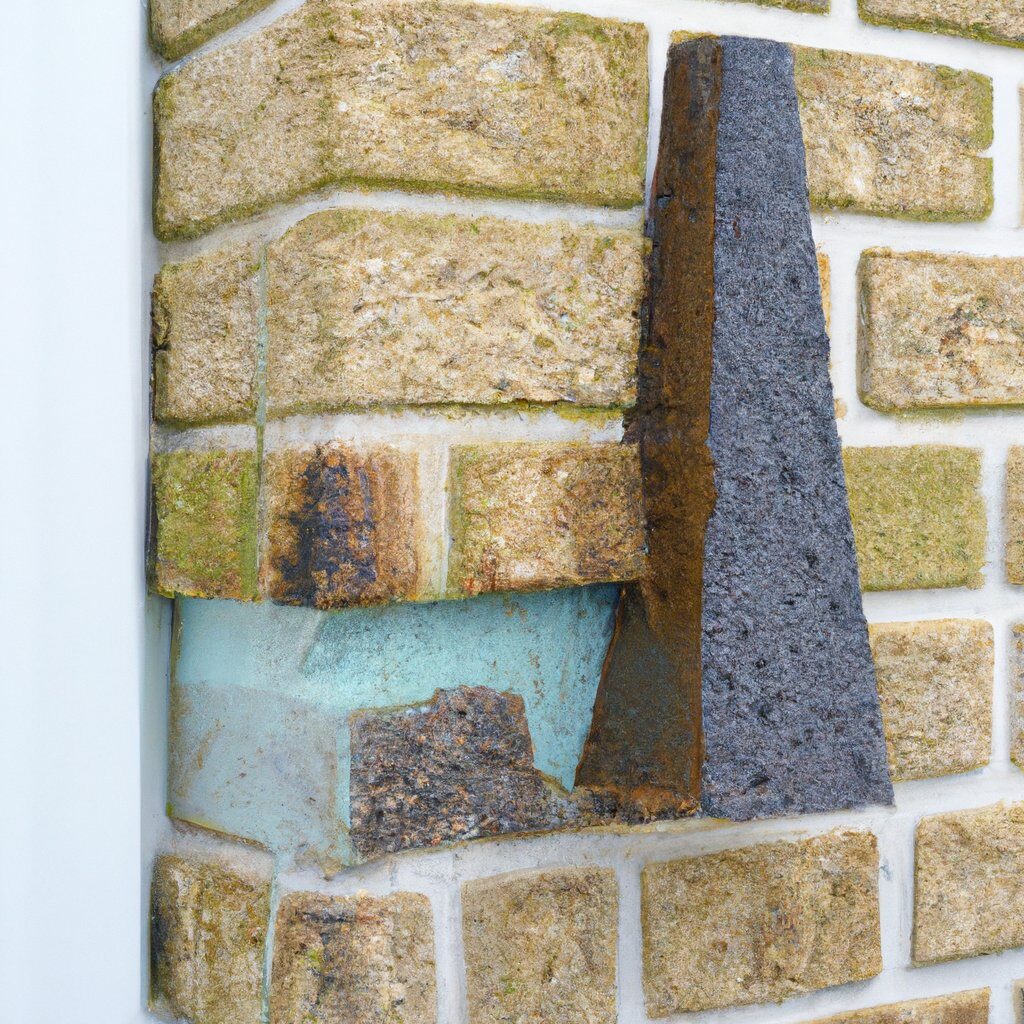What Causes Moisture Entry into a Fireplace and How Can it be Prevented?
Fireplaces are a great way to provide warmth and comfort, but they can also be a source of water damage. Moisture entry into a fireplace can cause wood rot, mold growth, and other costly repairs. Understanding the causes of moisture entry into fireplaces and how it can be prevented is key to keeping your home safe and dry.
In this article, we will discuss how you can identify and prevent potential leakages in your fireplace to avoid future damage. We will explore various methods. Waterproofing a fireplace opening and sealing cracks in stone fireplaces are methods you can use to keep your fireplace safe from leaking.
Chimney Cap
Installing a chimney cap is an essential step to ensure the safety and maintenance of your chimney. A chimney cap keeps out water, animals, and debris from entering your home through the chimney. It also helps to prevent sparks from flying out of the chimney and causing a fire.
Before installing a chimney cap, there are several steps you need to take in order to ensure that it is installed correctly and safely.
Chimneys Flashing
During rainy seasons, chimneys can be particularly vulnerable to water damage. This is why it is important to ensure that the flashings around the roof line are properly installed and maintained.
Flashings are metal strips that are placed around the edges of a roof and chimney to prevent water from entering into the structure. They also help to keep debris from accumulating in the area, which could lead to further damage. Roof flashing repair should be done on a regular basis in order to ensure that your chimney remains safe and secure during any kind of weather condition.
Chimney Crown
A damaged chimney crown can cause serious damage to your home if not addressed quickly. The chimney crown is the top of the chimney and is designed to keep water out of the flue.
If cracks or other damage occur in the crown, it can allow water to enter into the chimney and cause further damage. To prevent this from happening, it is important to inspect your chimney crown regularly for any signs of wear or damage. If any cracks are found, they can be sealed with a brush-on crown repair product or repaired with concrete.
Taking these steps will help ensure that your home remains safe and dry for years to come.
Cracks in bricks
Cracks in chimney bricks can be caused by water penetration, which can lead to further damage and costly repairs. To prevent this from happening, it is important to seal the chimney bricks with a water repellent product.
There are two types of sealants available – spray on and brush on – that can be used to protect the bricks from water damage. Spray on sealants are easier to apply and provide a more even coverage, while brush on sealants require more effort but offer better protection against water penetration.
Damper
Dampers are a crucial part of chimneys and fireplaces, as they can help prevent cold air from entering the home and water from entering the chimney.
There are two main types of dampers: top mount and throat dampers. Top mount dampers are more commonly used because they can be adjusted to close more tightly than throat dampers. Additionally, top mount dampers can also provide additional protection against water entering the chimney when it is closed.
Damaged or missing dampers can allow both cold air and water to enter the home, making them an important component of any fireplace or chimney system.






